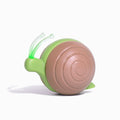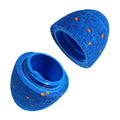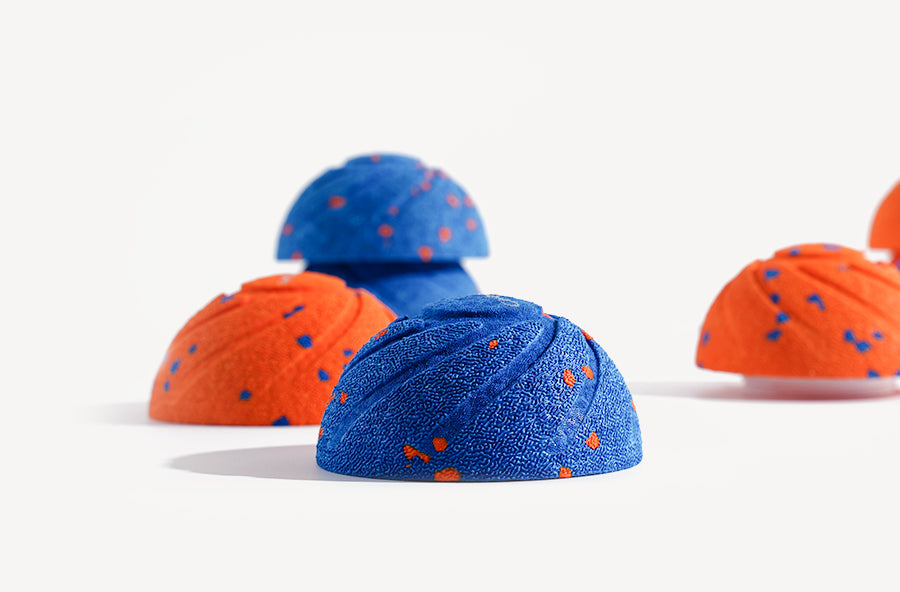Chronic kidney disease is one of the more common illnesses impacting cats, affecting as many as 20% of all cats and 30% of cats aged 10 or older. And while there is no way to guarantee that your cat won’t end up with kidney disease, there are quite a few steps that you can take to protect their kidneys and general health, especially as they age.
Here’s what to know about kidney disease in cats, including helpful tips for protecting your kitty’s kidneys so they can live a long and healthy life.
What to Know About Cats and Kidney Disease?
Just like us, cats rely on their kidneys for a number of important functions in the body. Kidneys are responsible for filtering out waste and toxins from the bloodstream to produce urine, controlling blood pressure, and maintaining a proper balance of hydration, electrolytes, and calcium.
In some cases, however, the kidneys can experience one or more problems that inhibit their ability to perform these functions and put your cat’s life at risk. For this reason, kidney disease remains a leading cause of death for cats, occurring in cats of all breeds, sizes, and ages.
There are two types of kidney disease a cat can experience:
Acute kidney disease – Kidney disease that occurs suddenly and without warning, generally as a result of a blockage leading to or from the kidneys. Acute kidney disease can also be caused by the ingestion of a toxic substance, such as antifreeze or certain plants. Acute kidney disease is often treatable if caught early and may not cause any long-term problems.
Chronic kidney disease – Longstanding kidney issues can result in a cat presenting with chronic and progressive kidney disease, which has a number of potential causes and is most common in cats aged seven and older. Causes to be aware of include infections, tumors, physical trauma, or long-term inflammation. Treatment is available to improve a cat’s quality of life with chronic kidney disease, but the condition is not curable.

What Signs Should You Look For?
Cats are known for hiding signs of illness or discomfort, so you’ll want to stay vigilant in monitoring your beloved feline friend for signs of kidney disease or other issues.
Symptoms of kidney disease in cats include:
- Excessive thirst
- Abrupt weight loss and/or loss of appetite
- Vomiting
- Lethargy
- Ammonia smell to the breath
- Depression
- Increased urination
- Sudden drooling
If you notice any of these symptoms it’s a sign that your cat needs to go to the vet. Even if your cat is otherwise acting normal, your vet will be able to do tests to see if something is going on, and, in the case of conditions like kidney diseases, will be able to ensure your cat starts treatment sooner rather than later.
Tips for Preventing Kidney Disease in Cats
As mentioned, there is no way to keep your cat completely safe from kidney disease. But by following a few key preventative steps, you can make a big difference in the likelihood that they will develop a problem that could ultimately lead to acute or chronic issues with their kidneys. Here’s where to start.
1. Take your cat to the vet for regular checkups
A trusted vet is a major resource in protecting your cat from kidney disease. That’s because vets have extensive experience in spotting the minute signs of kidney problems and issues that could ultimately lead to kidney disease or failure.
Make sure to stay up to date with wellness checkups, take your cat to the vet once or twice a year as recommended, and schedule appointments as soon as you notice that something doesn’t seem right.

2. Keep harmful toxins out of paw’s reach
There are many common household items that can be toxic to your cat, leading to kidney poisoning or other serious conditions. Familiarize yourself with what those items are, and then either remove them from your home or keep them locked away so curious kitties can’t access them.
Household items that can harm your cat’s kidneys include:
Various plants are toxic to cats, such as lilies, azaleas, sago palms, and pothos. To be extra safe, reference the ASPCA’s list of toxic and non-toxic plants for pets before displaying a plant or buying a new plant for your home.
Pesticides and rodenticides, which in addition to being stored safely away where cats can’t get them should also not be used in areas your cat spends time in.
Human prescription and over-the-counter medications are responsible for a large percentage of cat poisonings.
3. Only use pet-safe cleaning products
Certain cleaning products are quite harmful to cats, particularly disinfecting fluids. If a product contains ammonia, alcohol, bleach, or hydrogen peroxide, or if it has any ingredient that ends in “phenol,” it shouldn’t be used in a home with cats.
As an alternative, stick to pet-safe cleaning products whenever possible, and keep in mind that white vinegar and baking soda are safe for use around cats and tend to be effective at tackling most types of household messes.

4. Ditch toxic antifreeze
Traditional antifreeze made from ethylene glycol is incredibly toxic to cats and other animals, and can quickly lead to kidney poisoning. And because of its sweet taste and smell, it can be hard for your cat to resist if they get close to it.
In addition to always storing antifreeze where your cat cannot access it, swap out the toxic stuff for pet-friendly antifreeze, which is made with a propylene-glycol base that isn’t nearly as harmful to animals if ingested.
You can’t fully prevent kidney disease in cats, but taking the steps above can help your cat avoid some of the common causes of it. Pay close attention when it comes to your cat’s health and safety, and when in doubt, get your kitty checked by a vet to rule out any kidney-related issues.

































Leave a comment
All comments are moderated before being published.
This site is protected by hCaptcha and the hCaptcha Privacy Policy and Terms of Service apply.